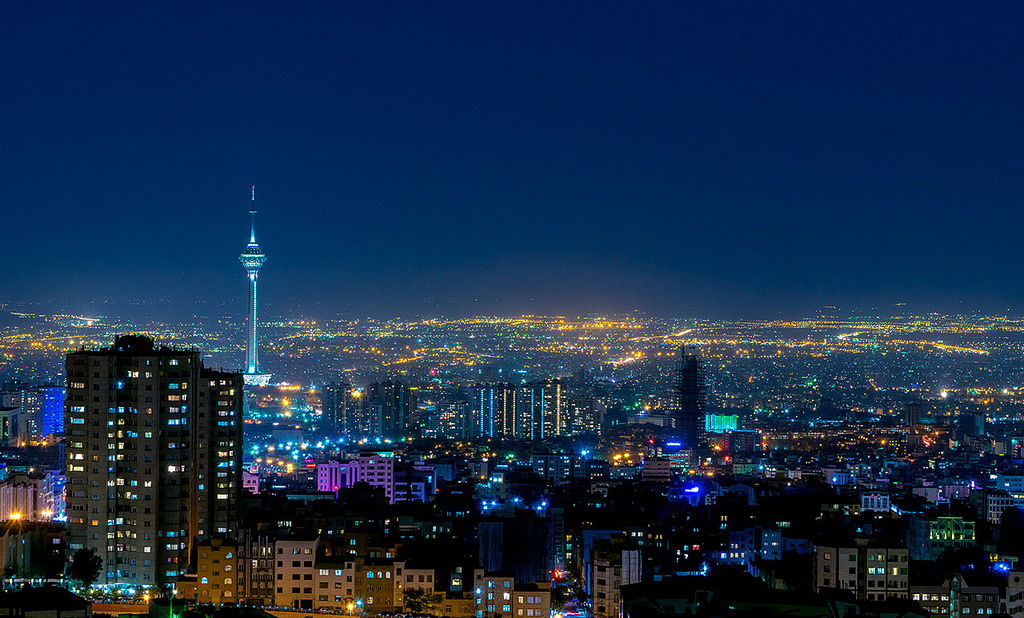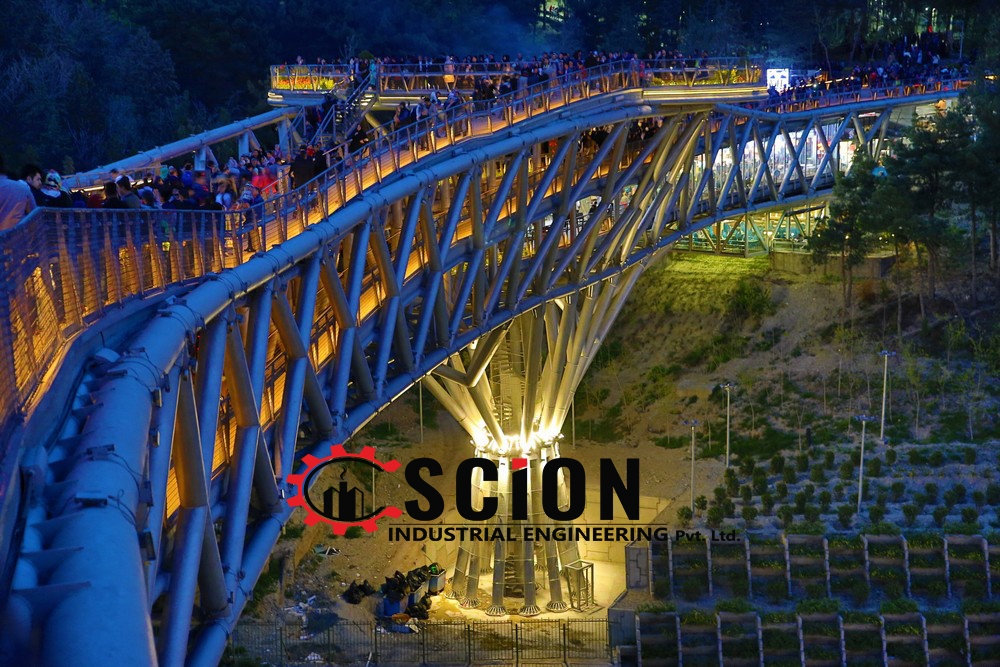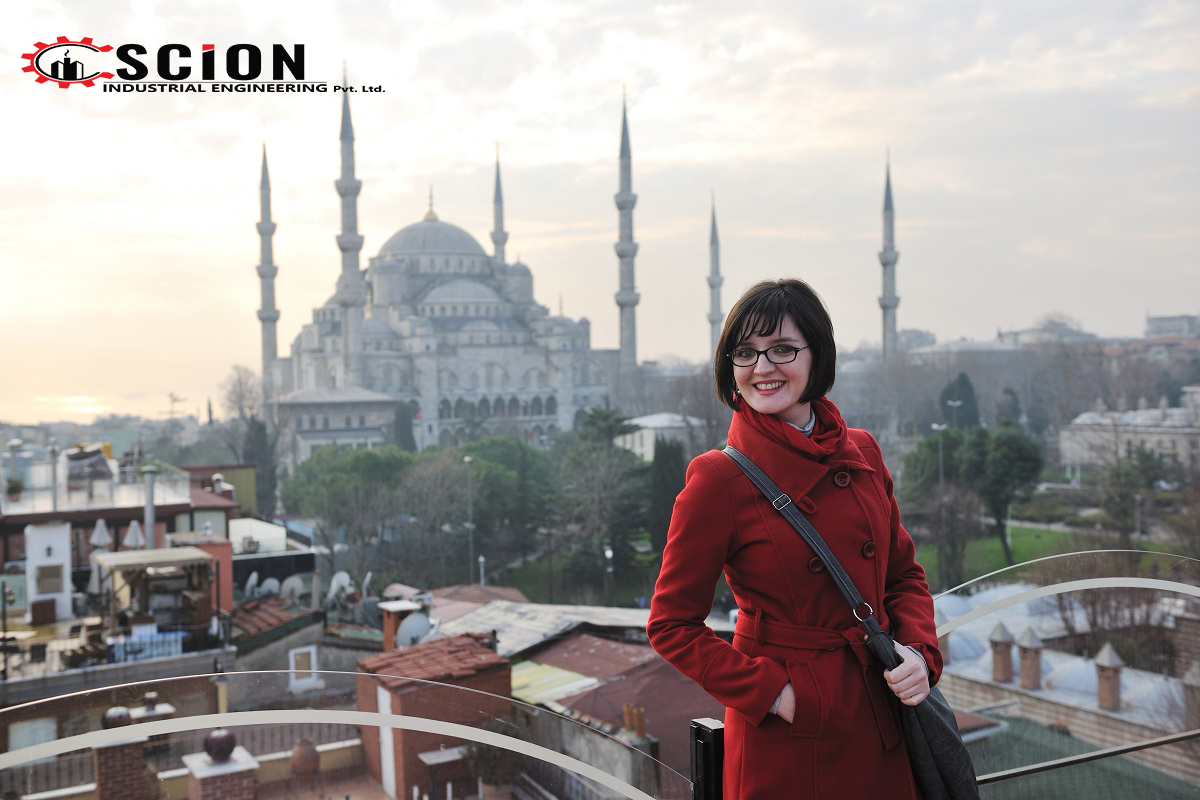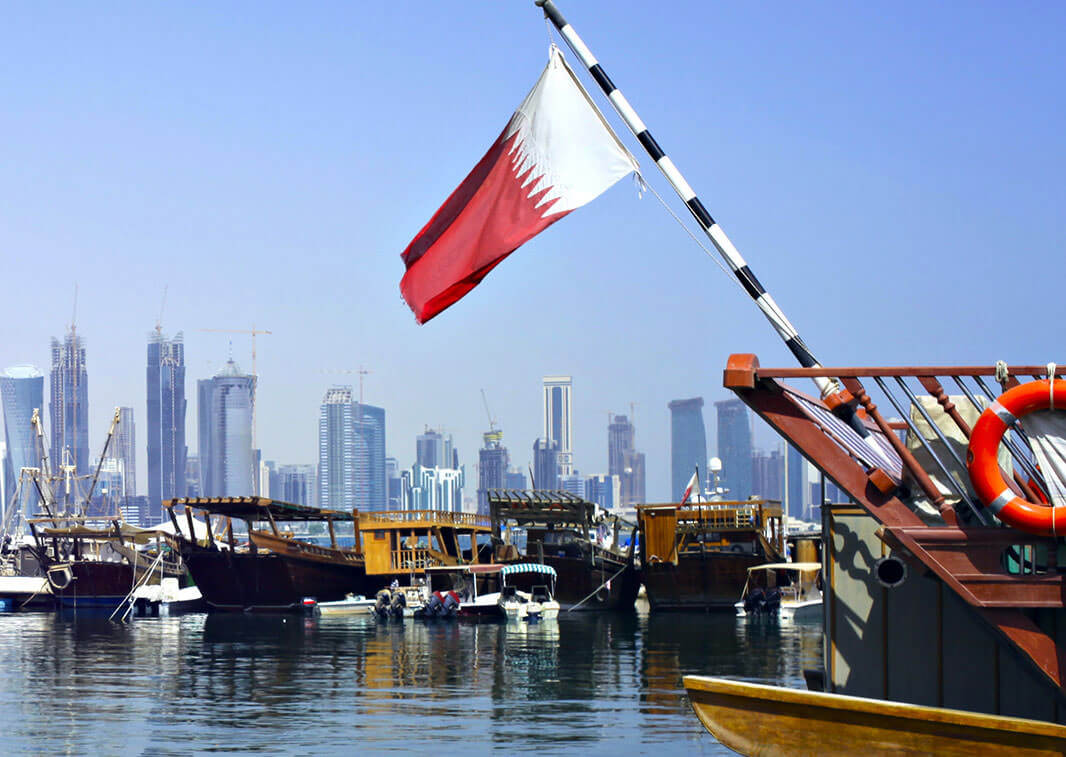Financial Tribune reported that Major Iranian mining companies produced 258.13 million tonnes of mineral products in the first nine months of the current fiscal year, registering a 15.3% growth compared with last year’s corresponding period, the Iranian Mines and Mining Industries Development and Renovation Organization’s latest report announced.
Production in the ninth Iranian month indicates a 17.93% rise to 29.95 million tonnes year-on-year.
Iran is home to 68 types of minerals with over 37 billion tonne of proven and 57 billion tonne of potential reserves, including large deposits of coal, iron ore, copper, lead, zinc, chromium, uranium and gold.
Iron ore concentrate had the biggest share in Iran’s mineral production during the period under review with 27.9 million tonne, registering a 17% growth YOY. Gologhar Mining and Industrial Complex accounted for 10.31 million tonne of the total output, followed by Chadormalu Mining and Industrial Complex with 6.32 million tonne, Iran Central Iron Ore Company with 3.7 tonne, Goharzamin Iron Ore Company with 3.03 million tonne, Middle East Mines and Mining Industries Development Holding Company with 2.89 million tonne and Opal Parsian Sangan with 1.64 million tonne.
Production of granulated iron stood at 4.61 million tonne, up 2% YOY.
Pellet had the second largest share with a total output of 23.62 million tonne, up 26% YOY. Golgohar was the largest producer with 8.18 million tonne, followed by Mobarakeh Steel Company with 5.68 million tonne, Khouzestan Steel Company with 4.83 million tonne, Chadormalu with 2.57 million tonne and MIDHCO with 2.35 million tonne.
Direct-reduced iron came next with the production of 14.32 million tonne, up 15% YOY. Mobarakeh had the lion’s share with 5.56 million tonne, followed by KSC with 3.09 million tonne, Hormozgan Steel Company with 1.15 million tonne, South Kaveh Steel Company with 1.13 million tonne, Saba Steel Complex with 824,318 tonne, Khorasan Steel Company with 891,855 tonne, Ghadir Iron and Steel Company with 630,369 tonne, MIDHCO with 618,621 tonne, Sefid Dasht Steel Complex with 295,950 tonne and Esfahan Steel Company with 105,106 tonne.
https://steelguru.com/mining/iran-mineral-output-tops-250-million-tonne/499932








